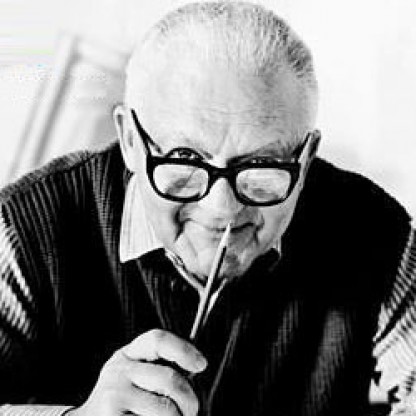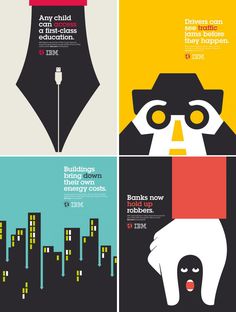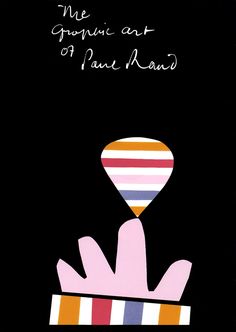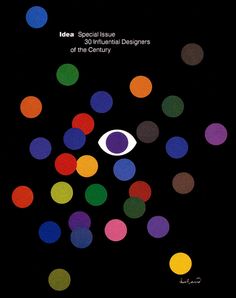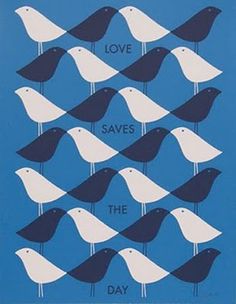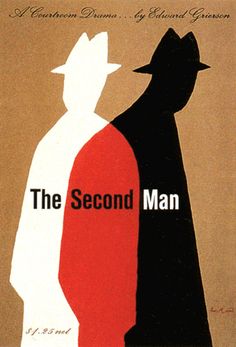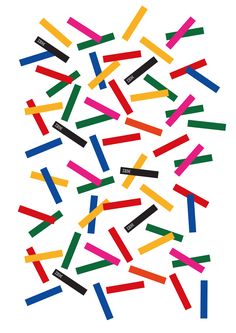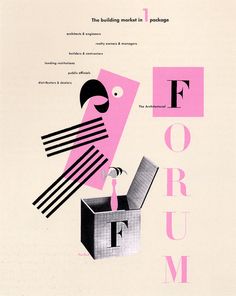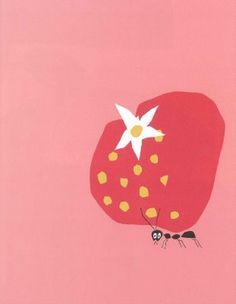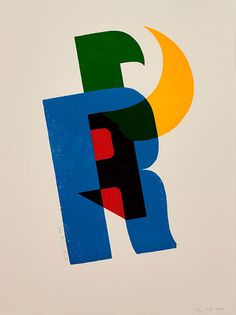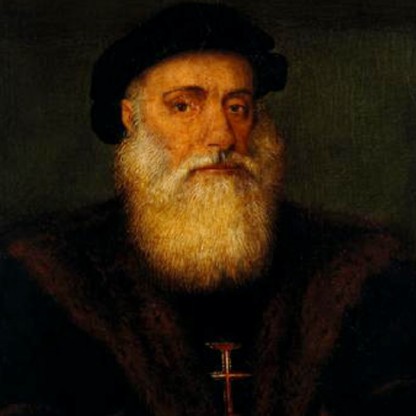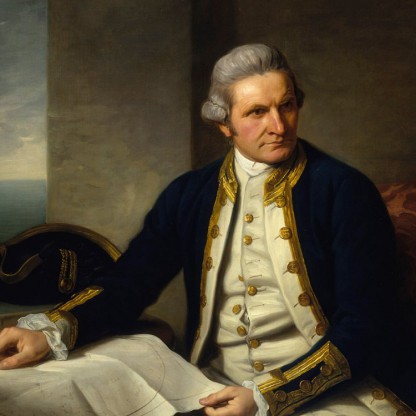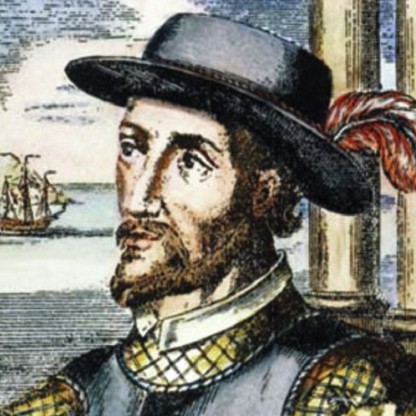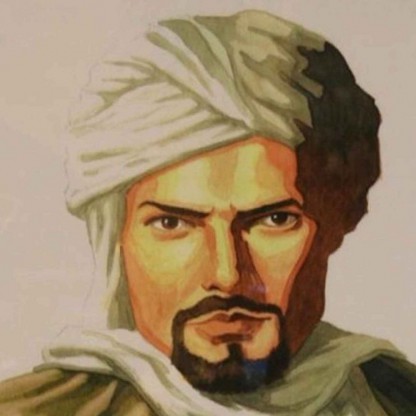Though Rand was a recluse in his creative process, doing the vast majority of the design load despite having a large staff at varying points in his career, he was very interested in producing books of theory to Illuminate his philosophies. László Moholy-Nagy may have incited Rand's zeal for knowledge when he asked his colleague, at their first meeting, if he read art criticism. Rand said no, prompting Moholy-Nagy to reply "Pity." Heller elaborates on this meeting's impact, noting; "from that moment on, Rand devoured books by the leading Philosophers on art, including Roger Fry, Alfred North Whitehead, and John Dewey." These theoreticians would have a lasting impression on Rand's work; in a 1995 interview with Michael Kroeger discussing, among other topics, the importance of Dewey's Art as Experience, Rand elaborates on Dewey's appeal:

